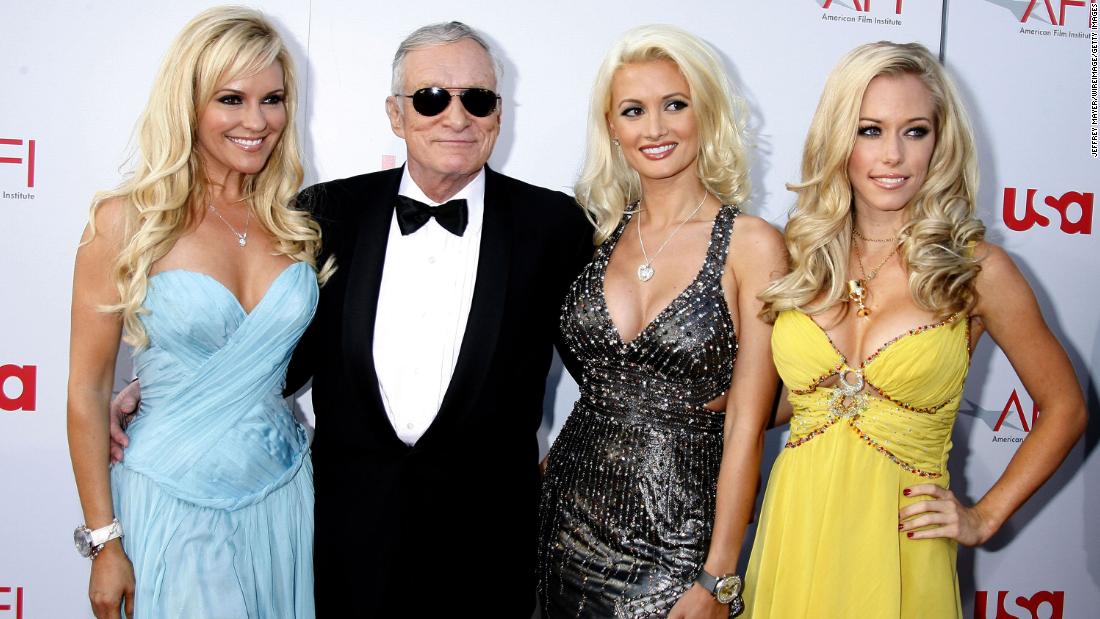
2023 marks the 70th anniversary of Playboy Magazine, a publication that has undergone profound transformations over the decades. Born from the vision of Hugh Hefner, the magazine’s first issue famously featured a nude photograph of Marilyn Monroe, which Hefner had purchased without her knowledge. This bold decision set the tone for Playboy’s future, but the brand now seeks to redefine itself in light of contemporary societal values.
Over the years, Hefner’s legacy has come under scrutiny. The rise of the MeToo movement has forced many to re-evaluate the impact of Hefner’s actions and the brand’s messaging. Therefore, Playboy’s leadership has decided to distance itself from its founder’s controversial reputation.
Redefining Playboy for Modern Audiences
In response to changing cultural expectations, Playboy is embarking on a strategic rebranding. The company has announced plans to shift its focus towards women’s empowerment and positive sexual expression. This transition represents a significant pivot from Hefner’s original vision, which often objectified women.
Current CEO Ben Kohn stated, “We are moving towards a more inclusive and empowering message. Our goal is to showcase a brand that resonates with the values of today’s society.” This change aims to attract a new generation of readers who prioritize respect and mutual consent in sexual relationships.
Challenges in Shifting Public Perception
However, altering public perception is no small feat. Hefner’s legacy is deeply entwined with the brand. Many still associate Playboy with an era that many now view as outdated or exploitative. Public sentiment plays a crucial role in the magazine’s future. Research shows that young audiences are increasingly wary of brands with a problematic history.
To bridge this gap, Playboy has revamped its content and marketing strategies. The magazine is now featuring stories that empower women’s voices and celebrate diverse expressions of sexuality. For example, collaborations with activists and artists who advocate for gender equality are becoming more common.
Sustainability and Inclusivity
In addition to cultural shifts, Playboy is embracing environmental and social sustainability. The new Playboy Magazine not only reconsiders its portrayal of women but also aims to adopt eco-friendly practices in its operations. This commitment aligns with emerging consumer priorities, especially among younger demographics who care about sustainability.
The changes also extend into the digital landscape. Playboy has established a strong online presence, focusing on creating inclusive content. “We are leveraging digital platforms to engage our audience in conversations that matter to them,” Kohn mentioned. This strategy aims to make Playboy more relevant in a contemporary context.
Engaging with the Audience
Furthermore, audience engagement lies at the heart of this transformation. Playboy is actively seeking feedback from its readers about the direction of the brand. This initiative fosters a sense of community and ensures that the brand remains attuned to its audience’s expectations.
Playboy’s new identity reflects a broader societal trend where brands must align with their consumers’ values. This evolution showcases the importance of adaptability in an ever-changing marketplace.
The Future of Playboy
As Playboy moves forward, it continues to grapple with its past while forging a new path. The shift towards a post-MeToo identity is not merely a marketing strategy; it represents a commitment to evolving societal norms around consent and respect.
In a world where brand loyalty can hinge on ethical considerations, Playboy’s rebranding will be a crucial experiment in restoring its image. Balancing its iconic legacy with modern values will undoubtedly shape the magazine’s trajectory in the years to come.
Ultimately, Playboy’s journey reflects a broader cultural shift towards inclusivity and respect in discussions of sexuality. The magazine’s evolution will continue to unfold, and how it embraces these changes will define its relevance in the future.
Reference: Source Article

